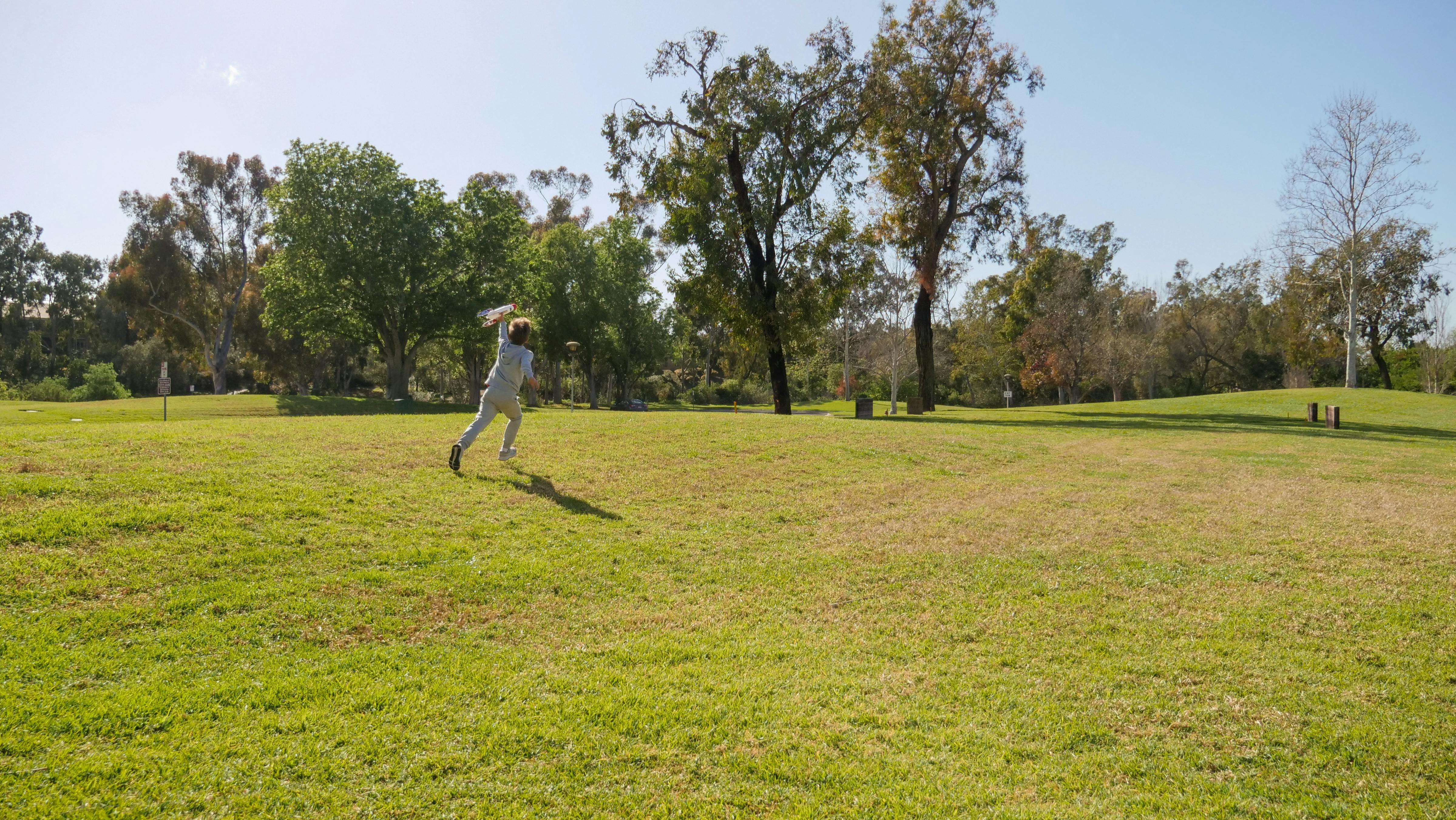Think of the word “smart.” What does it mean to say that an animal is intelligent? How can you tell if animals are really smart? After all, animals can’t talk and they don’t use words. They cannot express ideas nor can they learn history or spelling.
Still, animals are capable of many things. Your goldfish may swim to the surface in search of food when you approach their tank. Or your cat can ring the doorbell when he wants to enter the house. Many other animals can even do tricks and tasks. Circuses are filled with dancing bears, playful sea lions, working elephants, and prancing horses. Such behavior is often mistakenly perceived as signs of intelligence. As you will see, performing tricks is not really a sign of intelligence. Intelligence is the ability to reason. It is the sudden flash of an idea, or the ability to solve a new problem directly and also using previous experience. Performing tricks and tasks does not require the ability to think, reason, or come up with ideas.
Tricks can be mastered through special types of learning. One way to learn is through trial and error. Another is through conditioning responses. It is important to understand how this learning behavior works. Then we will be able to understand the differences between cheats and truly intelligent behavior.
One of the most difficult problems for psychologists is finding ways to assess intelligence. Conditioned responses are not signs of intelligence. However, they are part of an animal’s behavior, so they can help psychologists compare the differences between the learning styles of different animals. Animals are also packaged in other ways. They can learn to avoid a place or an object when receiving a mild and harmless electric shock. Some may even be forced to change their normal behavior. Almost all animals, from the flatworm onwards, can be conditioned. Another type of learning takes place through trial and error. The most famous type of trial and error method is the maze.
The mazes are all based on the same idea; that is, an animal that is placed in an entrance must find the exit. As you progress, you find a series of branches. The animal must make a choice at each branch or fork. If you choose the wrong one, you hit a dead end. Then you must take the other path again. After several times, the animal can run through the maze without making any mistakes. The reward at the end is a piece of food for the hungry animal. The mazes can be very simple or very difficult, depending on the goals of the psychologists. Experiments have shown that ants can master very complicated mazes, as well as frogs, turtles, rats, cockroaches, and crabs.
Another way to study trial and error in learning is to place an animal in a box. The food is placed outside and the animal can reach it only by opening a door. The animal must then open the same door to re-enter the box. In both cases the problem is the same: find a lock to open a door. Raccoons have been found to be able to learn to pick really complicated locks. Monkeys can also pick locks in a special order, but they are sometimes difficult to work with due to their short tempers. At first, humans took as long as monkeys to pick locks in a special order. But once they learned, they were much quicker to open them. The reason why humans took so long is quite simple. There is no way to figure out the order by looking at the locks because learning the order is a form of trial and error learning. Insight or reasoning do not help here more than in the mazes. Thus, in the early stages of trial-and-error learning, humans weren’t fast either.



